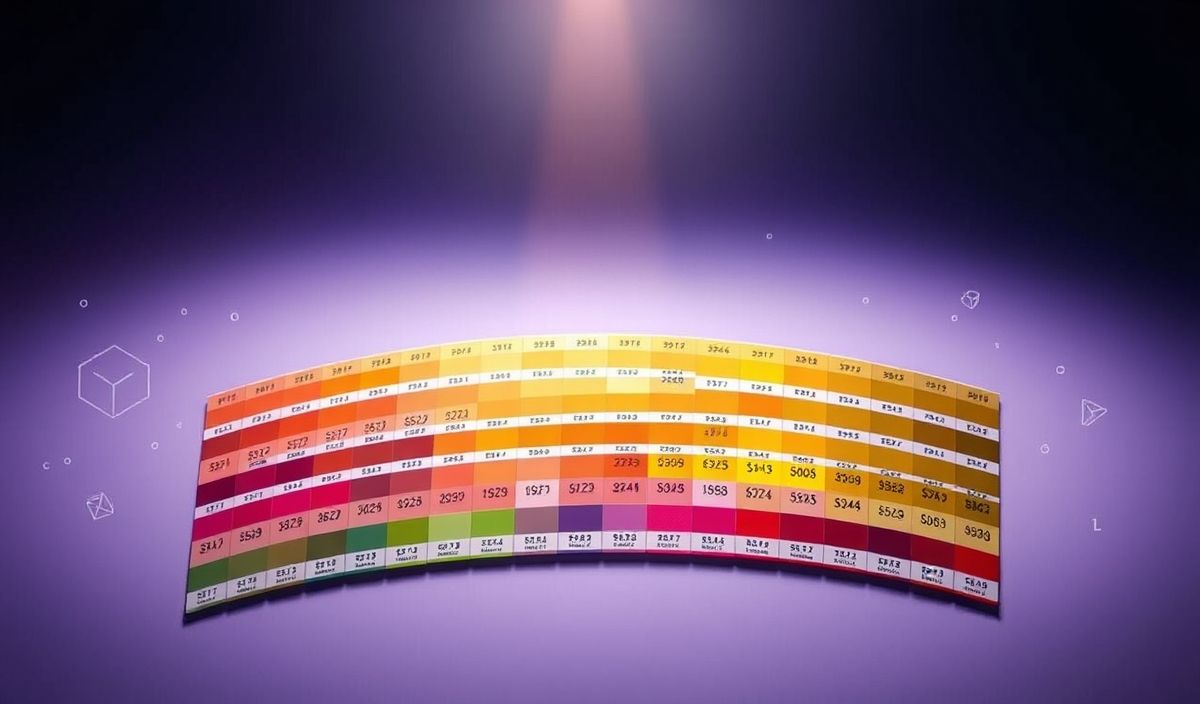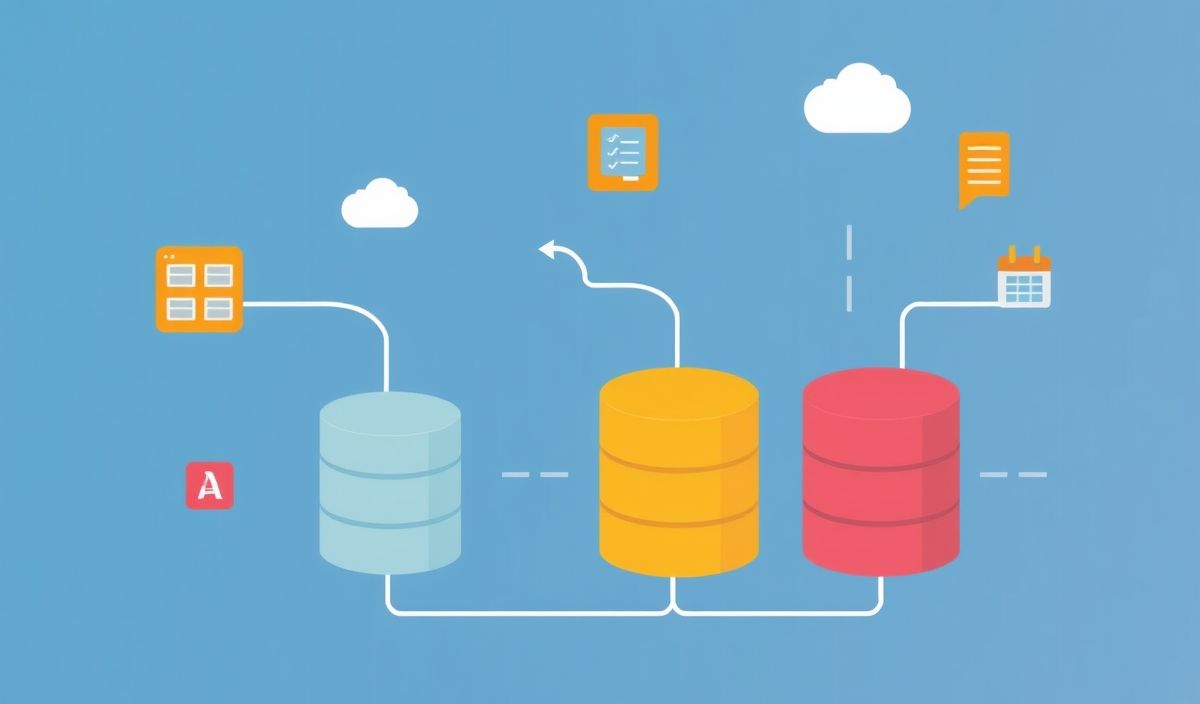Introduction to Bagpipe API
Bagpipe is a powerful music API that allows developers to integrate traditional and modern bagpipe sounds into their applications. This guide provides detailed explanations and code snippets for the most useful Bagpipe API methods, ensuring you can easily integrate them into your project.
Getting Started with Bagpipe API
To start using Bagpipe API, you need to install the library:
npm install bagpipe
Initialization
First, initialize the Bagpipe instance:
const Bagpipe = require('bagpipe'); const bp = new Bagpipe();
Playing a Note
To play a specific note, use the playNote method:
bp.playNote('G', 4, 500); // Plays note G in 4th octave for 500ms
Stopping a Note
Stop a currently playing note using the stopNote method:
bp.stopNote();
Playing a Sequence
Play a sequence of notes with playSequence method:
const sequence = [
{ note: 'G', octave: 4, duration: 500 },
{ note: 'A', octave: 4, duration: 500 },
{ note: 'B', octave: 4, duration: 500 }
]; bp.playSequence(sequence);
Fading Effects
Add fading effects to the notes:
bp.fadeIn(1000); // Fade in over 1 second bp.fadeOut(1000); // Fade out over 1 second
Building a Simple Bagpipe App
Let’s integrate the Bagpipe API into a simple app that plays a melody:
const Bagpipe = require('bagpipe'); const readline = require('readline');
const bp = new Bagpipe(); const rl = readline.createInterface({
input: process.stdin,
output: process.stdout
});
rl.question('Press Enter to play a melody...', () => {
const melody = [
{ note: 'G', octave: 4, duration: 500 },
{ note: 'A', octave: 4, duration: 500 },
{ note: 'B', octave: 4, duration: 500 },
{ note: 'C', octave: 5, duration: 500 },
];
bp.playSequence(melody);
bp.fadeOut(1000);
rl.close();
});
With these tools, you can now add authentic bagpipe sounds and controls to your music applications!
Hash: 4f455aa4c594be22df24bbbd0d2f4f0e5ec3ea294deaac8884e83fa0276f6984




